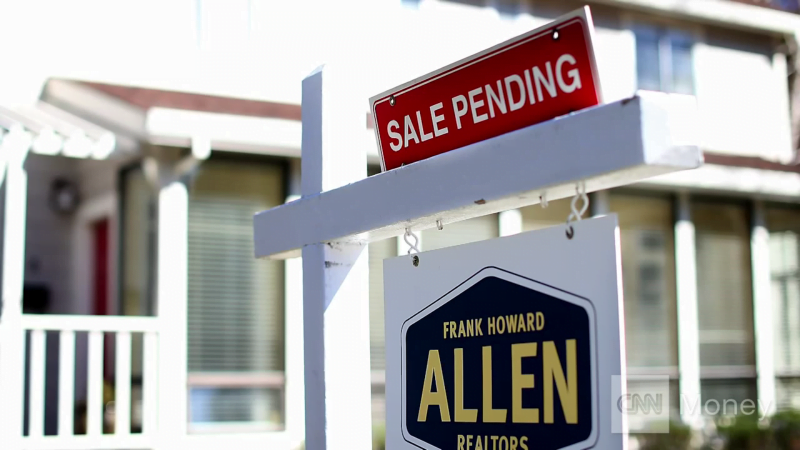After months of hyper competition, the summer slowdown has finally allowed homebuyers to breathe a small sigh of relief. At the same time, real estate professionals are eyeing the new market slowdown with trepidation.
Nationwide, pending home sales have declined 12% since the spring peak reached at the end of May 2021, according to Redfin.
While the timing of this decline is typical for this time of year — absent 2020, which saw the sales cycle pulled three months behind due to the pandemic disruption — its breadth is clearly atypical. To illustrate, the two-month decline beginning at the end of May 2019 amounted to just 1%, while the decline during the same period in 2018 was 9%.
Meanwhile, during this same two-month window, the U.S. median days-on-market rose from a bottom of 15 days to 16. This uptick is also a seasonal increase, so we need to look for other clues. However, the scant days-on-market experienced in 2021 is historically low compared to the typical days-on-market, which is usually twice as many.
In another promising sign, the multiple listing service (MLS) inventory has also increased since the spring, with supply rising from 6.7 to 7.7 weeks. For reference, a healthy inventory of homes for sale is commonly accepted to be six months, or roughly three times the current supply.
Any real estate agent worth their salt knows being able to see ahead several months into the housing market’s future is do or die. Therefore, we must ask the critical question: are today’s softer market conditions a preview of worsening conditions to come, or merely a seasonal fluctuation in the midst of a normal market?
2021 is the top of the rollercoaster
Real estate markets can resemble rollercoaster tracks even in a normal year, but 2021 is not a normal year.
Following the volatile 2020 recession, interest rates plunged to historic lows, fueling a rise in buyer purchasing power. With the ceiling raised on mortgages, home prices quickly became untethered from incomes, which suffered during the recession. This gleeful ride for sellers and refinancers was at the same time a terrifying drop for low- and mid-income buyers.
Looking ahead to the next hill, the employment market has a ways to climb before it reaches recovery. Here in California, jobs are still 1.4 million below their pre-recession peak as of May 2021. These jobless Californians have thus far been sheltered by the eviction and foreclosure moratoriums, which are soon lifting.
Related article:
Despite the lack of jobs, home sales volume whiplashed back from its brief plunge in mid-2020. In the single month of June 2021, the number of homes sold in California was higher than any other month since before the 2008 recession.
The fuel for sales volume? A demand shift as pandemic restrictions and remote work pushed for more space and flexibility, along with buyer fear-of-missing-out (FOMO) syndrome. But home sales volume and prices lack momentum in 2021, threatening to stall the ride for everyone.
Obstacles on the track to recovery
Aside from lost jobs, the biggest threat to the housing market’s recovery is the expiration of the foreclosure moratorium. That’s because, along with all of California’s missing jobs, are missing housing payments.
In the second quarter (Q2) of 2021, 4.6% of homeowners missed at least one mortgage payment, according to the Mortgage Bankers Association (MBA). But the moratorium means they remain shielded from foreclosure.
While the moratorium on foreclosures expired at the end of July, homeowners remain protected from eviction due to foreclosure through September 30, 2021.
However, as the effects of the expiration of the moratorium begin to ripple throughout the market, expect to see inventory rise. With more distressed and forced sales hitting the market, we will see days-on-market also increase. Further, as homebuyers begin to sense the shift, pending sales will decline, alongside prices.
Still, years of pent-up demand due to the state’s dire housing shortage will cushion the blow here in California. Rather than an avalanche, expect a moderate dip in sales volume and prices. firsttuesday forecasts prices will bottom in 2023, to rise along with the coming jobs recovery.
Related article:
The 2020 recession was the shortest ever — but its effects continue in the housing market















When it falls it will come back to around the mean price trendline as it always has. Why would it be any different now?!!!!!!
Don’t forget what effect a stock/crypto market crash will have on the real estate market.